Asus continues to push the design envelope with its Zenfone smartphones in 2021. The standard Zenfone 8 launched as a super-compact flagship and is now joined by the larger “Flip” model, featuring Asus’s innovative motorized flip camera solution. Basic phone specs on the 8 Flip remain top-end, boasting a Snapdragon 888 chipset running Android 11; 5G connectivity; and a large 6.67-inch, 2400 x 1080-pixel AMOLED display with a 90 Hz refresh rate.
For photography, the Zenfone 8 Flip packs a primary camera, ultra-wide, and tele-lens into a module that will flip between front- or rear-facing, so you can use the same camera hardware for standard or selfie photography. In addition, the Zenfone solution does away with the notch issue.
The primary camera features a 64 MP Quad-Bayer sensor linked to a 26.6 mm-equivalent lens. There’s a standard-array 12 MP sensor with 14.3 mm-equivalent lens for the ultra-wide, and the tele is a 3x optical that captures images on an 8 MP sensor.
For video, the Zenfone 8 Flip captures 8K/30 fps on the main camera and 4K/6 0fps on the secondary camera, and offers slow-motion modes that include 4K/120 fps and 720p/480 fps.
Landing in the ultra-premium price segment, the Asus Zenfone 8 Flip is up against the best camera phones currently available. Let’s see how it gets on.
Key camera specifications:
- Primary: Sony IMX686 64 MP 1/1.73″ sensor, 0.8μm, 26.6 mm-equivalent f/1.8-aperture lens
- Ultra-wide: Sony IMX363 12 MP 1/2.55″ sensor, 14.3 mm-equivalent f/2.2-aperture lens
- Tele: 8 MP sensor, 3x optical zoom, 12x total zoom
- LED flash
- 2×1 on-chip-lens PDAF (primary), dual-PD autofocus (ultra-wide)
- Video: 4320/30 fps, 2160p/60 fps
About DXOMARK Camera tests: For scoring and analysis in our smartphone camera reviews, DXOMARK engineers capture and evaluate over 3000 test images and more than 2.5 hours of video both in controlled lab environments and in natural indoor and outdoor scenes, using the camera’s default settings. This article is designed to highlight the most important results of our testing. For more information about the DXOMARK Camera test protocol, click here. More details on how we score smartphone cameras are available here.
Test summary
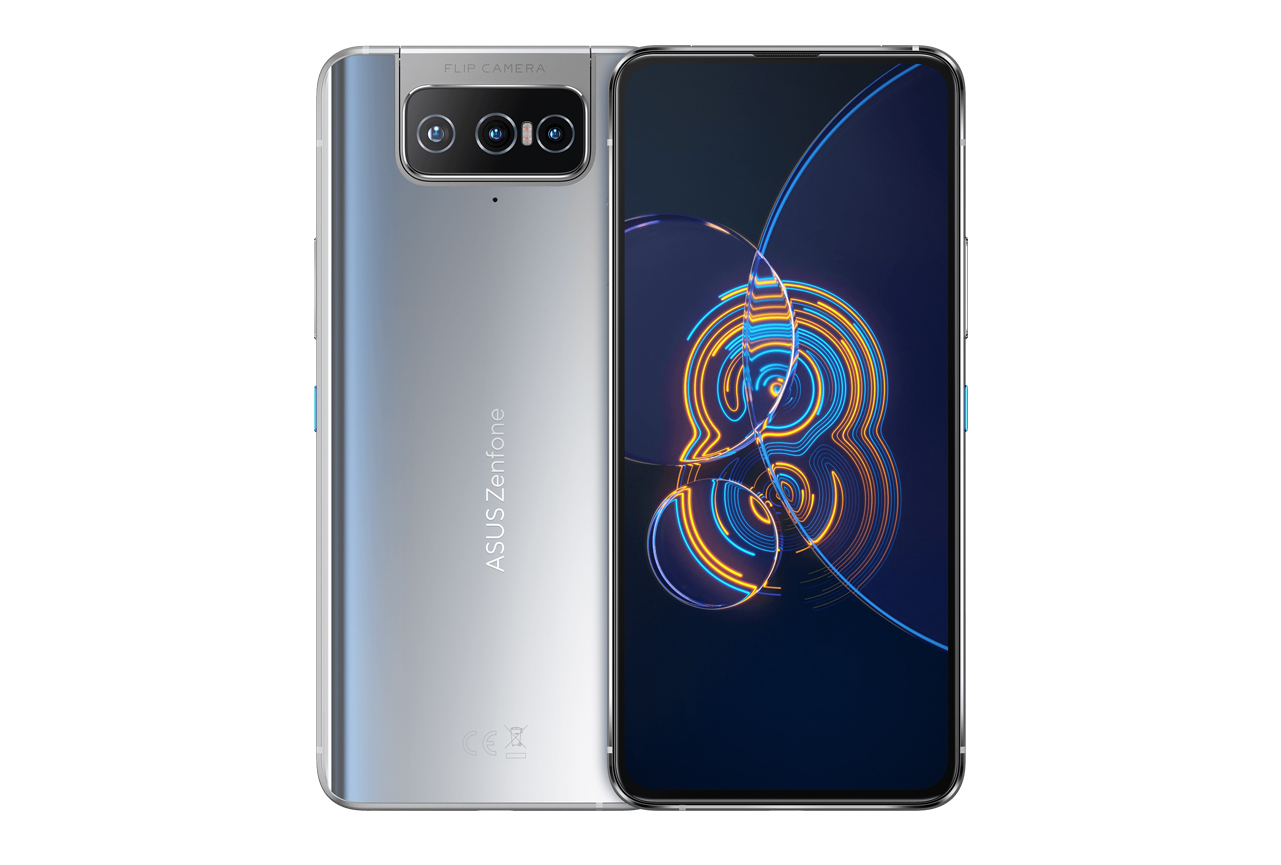
Asus Zenfone 8 Flip


Pros
- Pleasant color rendering on indoor photos and most videos
- Good texture-to-noise tradeoff for most photos
- Accurate target exposure on indoor photos
- Well-exposed tele shots
- Nice detail in most videos
- Effective video stabilization
Cons
- Exposure instabilities in most photos
- Slow photo autofocus in difficult lighting conditions
- Visible noise in tele photos and low-light videos
- Slightly low detail and visible noise in ultra-wide photos
- Limited dynamic range in videos
- Inaccurate video autofocus with people in the scene
With an overall score of 118, the Asus Zenfone 8 Flip is in the lower half of the ultra-premium ranking for Camera. Its global score is some ways behind such top-ranked devices as the Huawei P50 Pro and Xiaomi the Mi 11 Ultra, and its overall performance is more comparable to phones such as the Samsung Galaxy S21+ 5G (119) and the Motorola Edge+ (117).
The Zenfone 8 Flip also achieves a similar overall score to the standard Zenfone 8 at 120 points. The two devices share the same main and ultra-wide hardware, but there are differences, with Asus adding a tele-lens on the Zenfone 8 Flip, but omitting OIS. The absence of OIS is significant, as we found results for photo texture and night shots a little inconsistent as a result. Despite adding a tele-lens, we also found the Flip wasn’t quite as good for zoom shots compared to the Zenfone 8. There’s not much in it, but repeatability issues at close- and medium-range and more noise in long-range zoom shots prevented the Zenfone 8 Flip from scoring higher.
There’s nothing to separate the two Zenfone 8’s for video, with both securing a good score of 108 in this category. We found stabilization to be effective when tested in 4K/30 fps mode, with detail very high in good lighting, and both color rendering and white balance accurate.
Below you can find a detailed analysis and image samples for all Photo, Zoom, and Video sub-attributes, with a comparison between the Zenfone 8 Flip and the standard Zenfone 8.
Photo
The Asus Zenfone 8 Flip achieves a Photo score of 125. In this section, we take a closer look at each sub-attribute and compare image quality against competitors.

Exposure and Contrast
Asus Zenfone 8 Flip
83
111
In these tests we analyze target exposure, contrast, and dynamic range, including repeatability across a series of images. Tests are undertaken in a wide range of light conditions, including backlit scenes and low light down to 1 lux. The score is derived from a number of objective measurements in the lab and perceptual analysis of real-life images.
These samples show the Asus Zenfone 8 Flip’s exposure performance in a high-contrast scene.

Color
Asus Zenfone 8 Flip
101
107
In these tests we analyze color rendering, skin tones, white balance, and color shading, including repeatability across a series of images. The score is derived from a number of objective measurements in the lab and perceptual analysis of real-life images.
These samples show the Asus Zenfone 8 Flip’s color performance in an outdoor setting.

Autofocus
Asus Zenfone 8 Flip
89
109
In these tests we analyze autofocus accuracy and shooting time, including repeatability, in the lab. We test focus failures, depth of field, and tracking of moving subjects using perceptual analysis of real-life images.
This graph shows the Asus Zenfone 8 Flip’s autofocus performance in the lab, handheld at a light level of 1000 lux and a brightness range of 4 EV.

Texture
Asus Zenfone 8 Flip
94
111
In these tests we analyze texture on faces and objects, including objects in motion, in a range of light conditions, using several lab test setups and perceptual analysis of real-life images.
This graph shows the Asus Zenfone 8 Flip’s texture measurements handheld under different lighting conditions in the lab.

Noise
Asus Zenfone 8 Flip
82
102
In these tests we analyze noise on faces and objects, including objects in motion, in a range of light conditions, using several lab test setups and perceptual analysis of real-life images.
These samples show the Asus Zenfone 8 Flip’s noise performance in a low-light scene.

Bokeh
Asus Zenfone 8 Flip
60
80
For these tests we switch to the camera’s bokeh or portrait mode and analyze depth estimation, bokeh shape, blur gradient, and repeatability, as well as all other general image quality attributes mentioned above. The score is derived from perceptual analysis of real-life images.
These samples show the Asus Zenfone 8 Flip’s bokeh simulation outdoors.

Night
Asus Zenfone 8 Flip
42
82
In these tests we shoot a selection of images in pitch-black darkness as well as with city lights in the background providing some illumination. We shoot sample images with the camera at default settings in both flash-auto and flash-off modes. We analyze all image quality attributes but we pay particular attention to exposure, autofocus, and color. We do not test night modes that have to be activated manually.
These samples show the Asus Zenfone 8 Flip’s night performance in auto-flash mode.

Artifacts
Asus Zenfone 8 Flip
71
77
In these tests we check images for optical artifacts such as vignetting, flare, lens softness in the corner, distortion, and chromatic aberrations, as well as for processing artifacts such as ghosting and fusion errors, hue shift, and ringing.
This sample shows fusion artifacts in a high-contrast image.
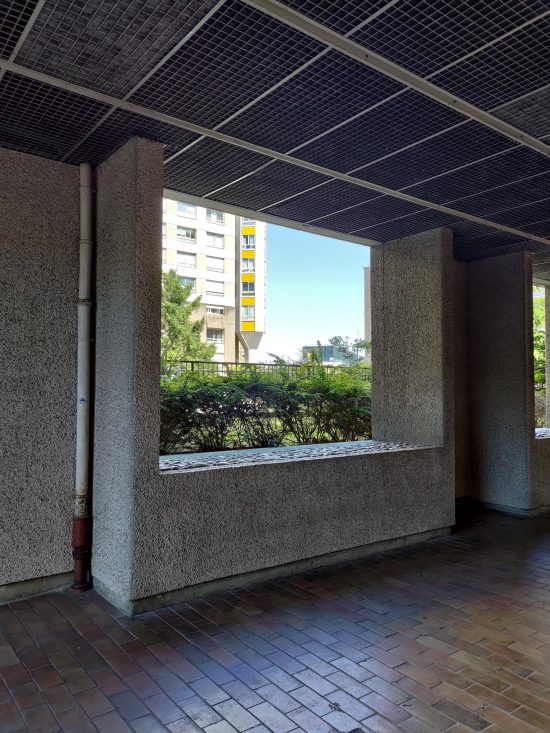

Preview
Asus Zenfone 8 Flip
63
80
In these tests we analyze the image quality of the preview image and the differences between preview images and captured images, particularly in terms of exposure, dynamic range, and bokeh effect. We also check the smoothness of the field-of-view changes in the preview image when zooming with both buttons or when using the pinch-zoom gesture.
These samples show the difference in the Asus Zenfone 8 Flip’s face exposure in preview compared to capture.
Zoom
The Asus Zenfone 8 Flip achieves a Zoom score of 50. The Zoom score includes the tele and wide sub-scores. In this section, we take a closer look at how these sub-scores were achieved and compare zoom image quality against the competitors.

Wide
Asus Zenfone 8 Flip
30
58
In these tests we analyze the performance of the ultra-wide camera at several focal lengths from 12 to 20 mm. We look at all image quality attributes, but we pay particular attention to such artifacts as chromatic aberrations, lens softness, and distortion.
These samples show the performance of the Asus Zenfone 8 Flip’s ultra-wide camera under indoor conditions.

Tele
Asus Zenfone 8 Flip
63
140
In these tests we analyze all image quality attributes at focal lengths from approximately 40 to 300 mm, paying particular attention to texture and detail. The score is derived from a number of objective measurements in the lab and perceptual analysis of real-life images.
These samples show the Asus Zenfone 8 Flip’s tele performance in an outdoor scene.
Video
In our Video tests we analyze the same image quality attributes as for still images, such as exposure, color, texture, and noise, but we also include such temporal aspects as speed, smoothness and stability of exposure, white balance, and autofocus transitions.
NOTE: The sample video clips in this section are best viewed at 4K resolution.
The Asus Zenfone 8 Flip achieves a Video score of 108. A device’s overall Video score is derived from its performance and results across a range of attributes in the same way as the Photo score. In this section, we take a closer look at these sub-scores and compare video image quality against competitors.

Exposure and Contrast
Asus Zenfone 8 Flip
82
118
These video stills show the Asus Zenfone 8 Flip’s video exposure performance in a backlit indoor image.
This graph shows the Asus Zenfone 8 Flip’s video target exposure measurements in the lab under different lighting conditions.

Color
Asus Zenfone 8 Flip
101
107
These video stills show the Asus Zenfone 8 Flip’s video color in outdoor lighting conditions.

Autofocus
Asus Zenfone 8 Flip
85
109
These video stills show the Asus Zenfone 8 Flip’s video autofocus tracking performance in outdoor lighting conditions.

Texture
Asus Zenfone 8 Flip
87
99
This graph shows the Asus Zenfone 8 Flip’s video texture measurements in the lab.

Noise
Asus Zenfone 8 Flip
93
105
This graph shows the Asus Zenfone 8 Flip’s video noise measurements in the lab.

Artifacts
Asus Zenfone 8 Flip
81
85
For video artifacts, we check for the same kinds of artifacts mentioned in the Photo section, along with such video-specific artifacts as frame rate variation in different light conditions, judder effect, and moving artifacts (artifacts such as aliasing, color quantization, and flare can often be more intrusive when moving than in a still image).
This video clip shows that judder effect artifacts are sometimes visible.

Stabilization
Asus Zenfone 8 Flip
97
103
In these tests we analyze residual motion when handholding the camera during recording, as well as when walking and running with the camera. We also look for stabilization artifacts such as jello effect, sharpness differences between frames, and frame shift (abrupt changes of framing).
This video clip shows the Asus Zenfone 8 Flip’s video stabilization indoors.


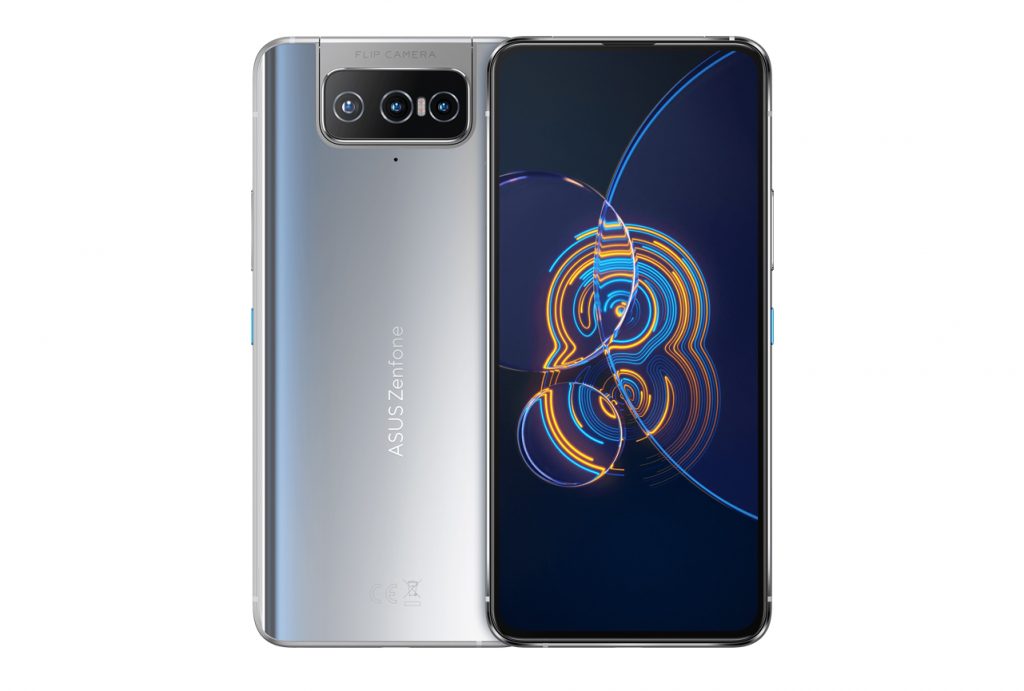






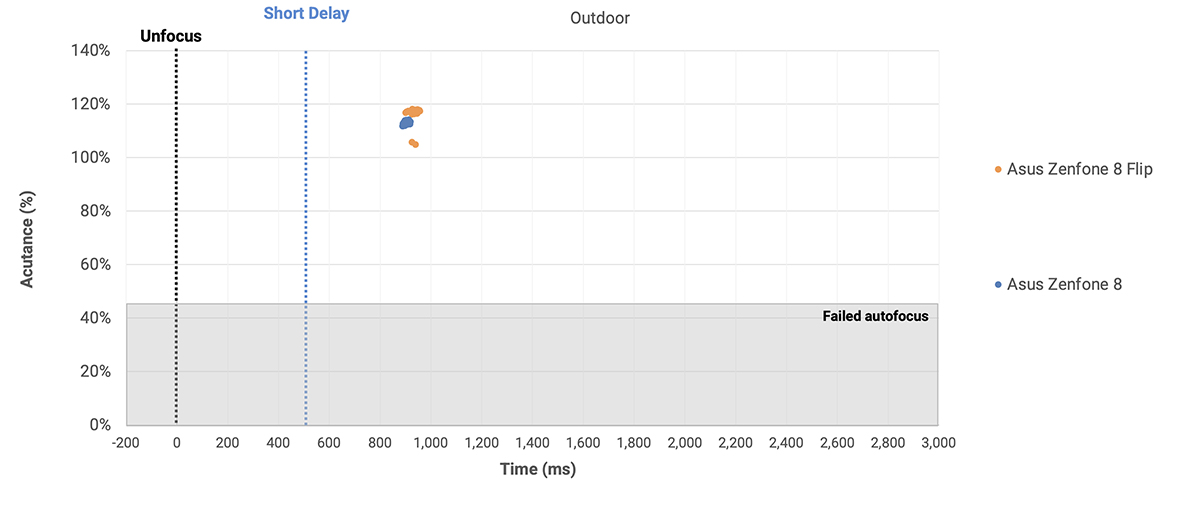
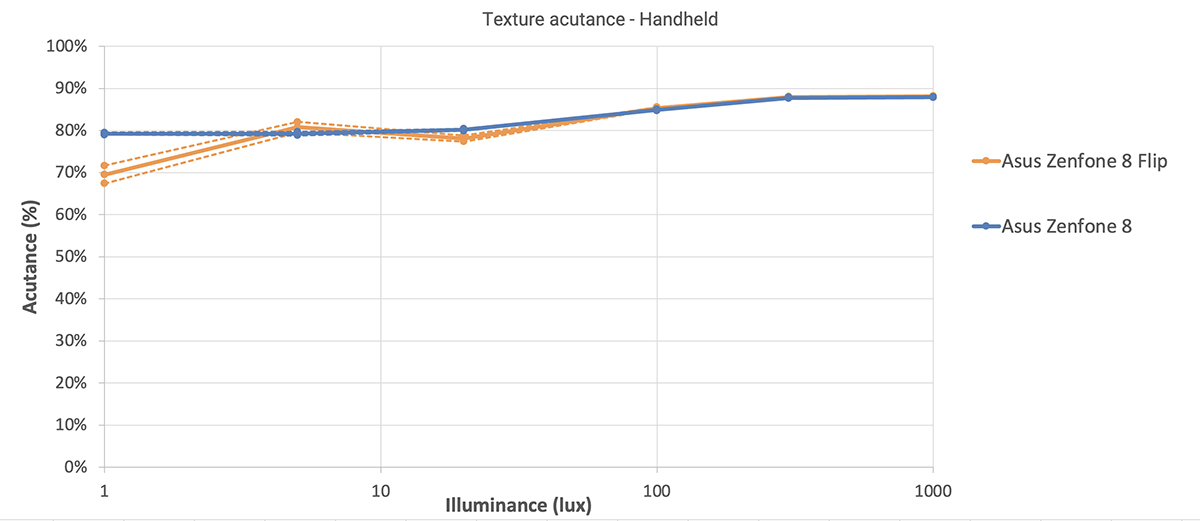


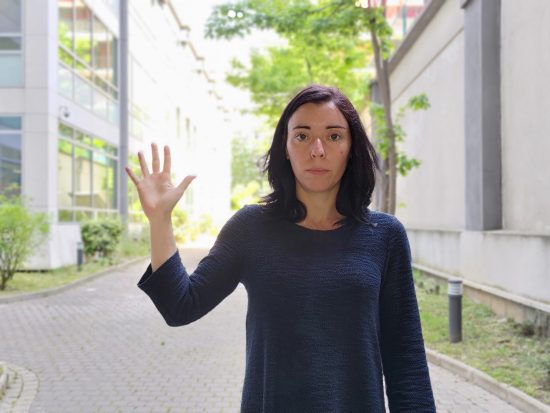
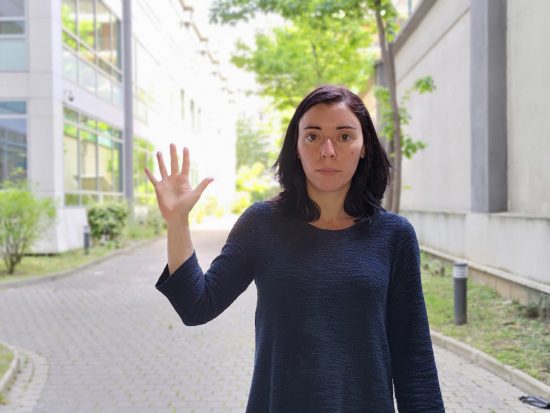


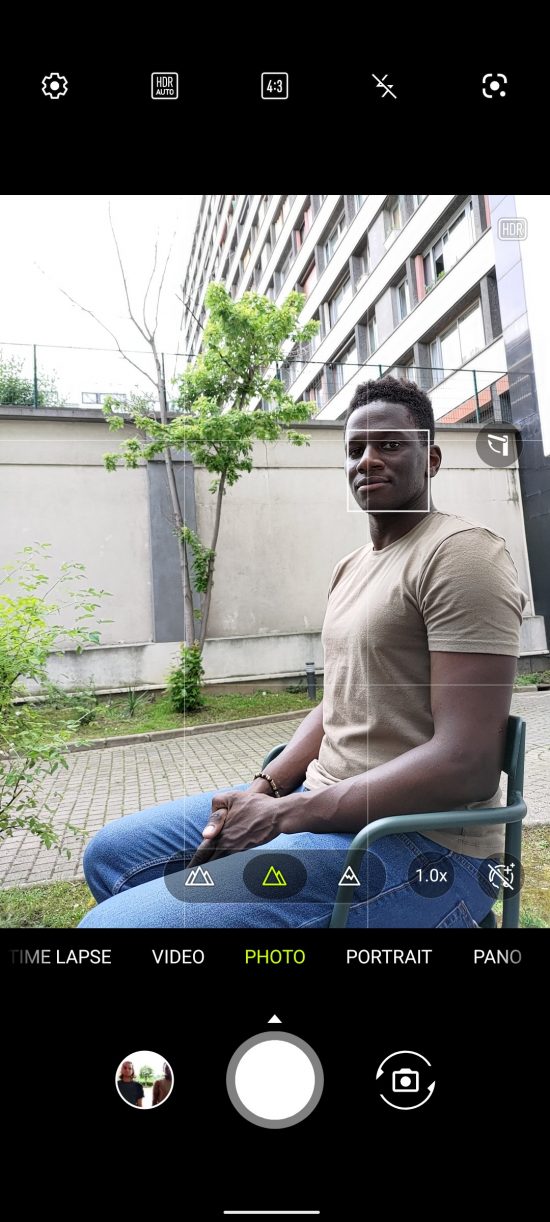
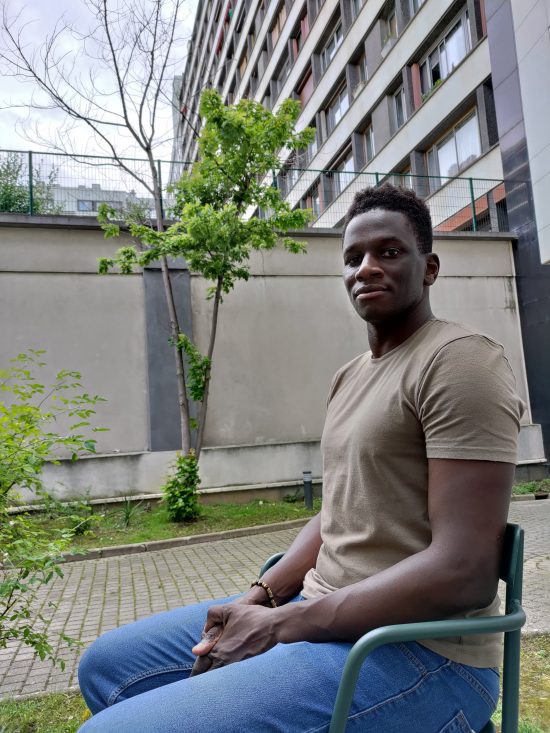
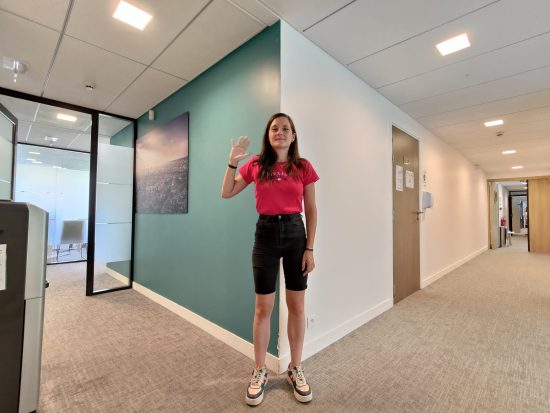
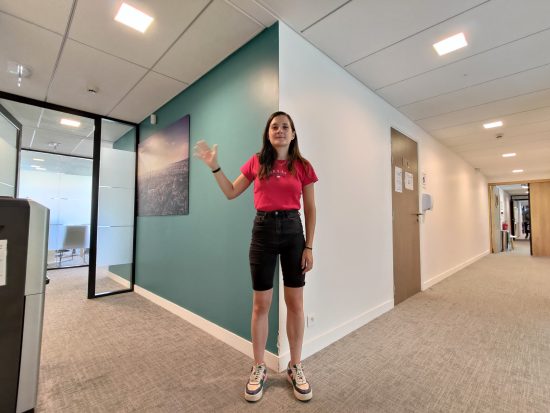

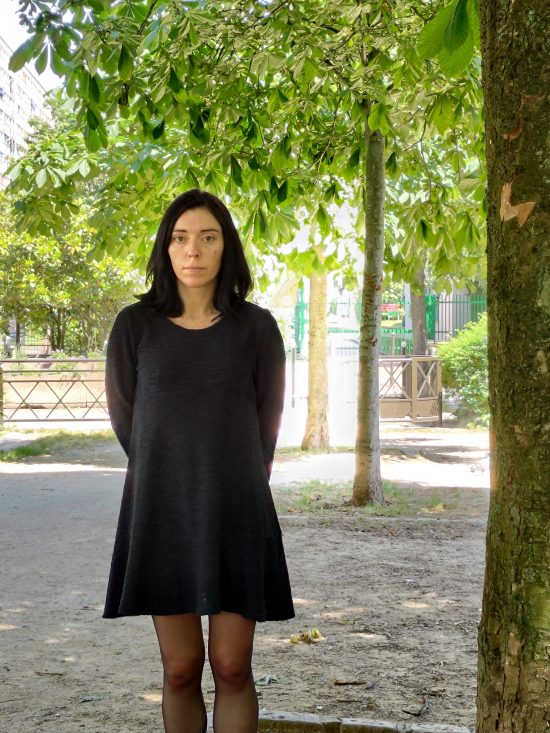
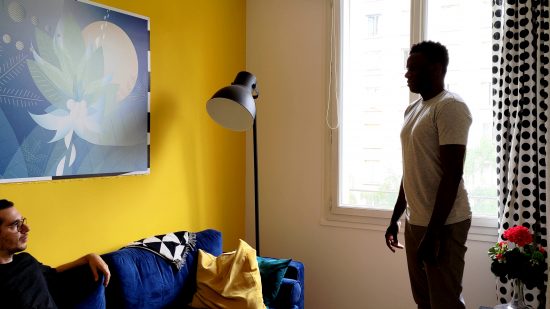
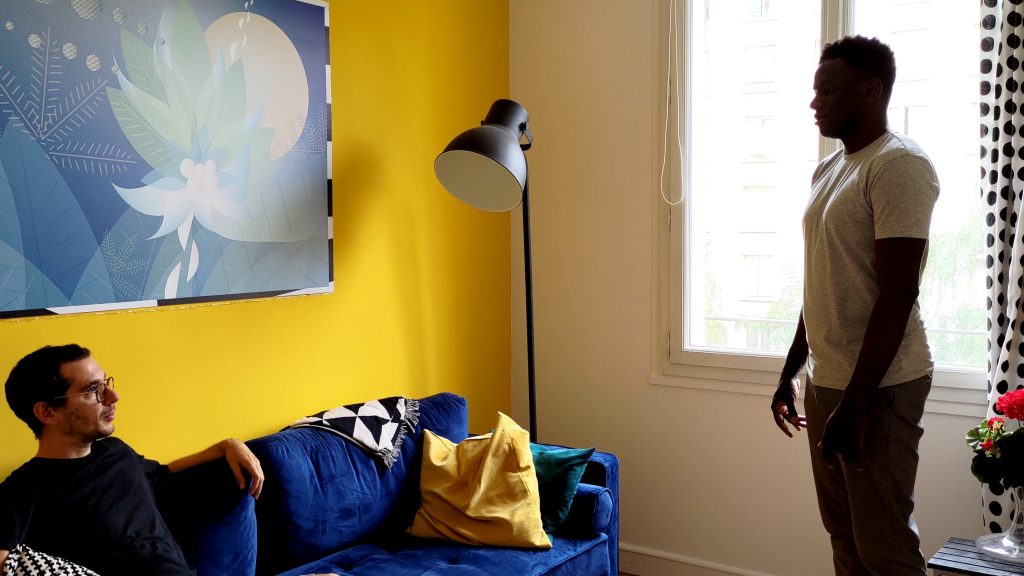





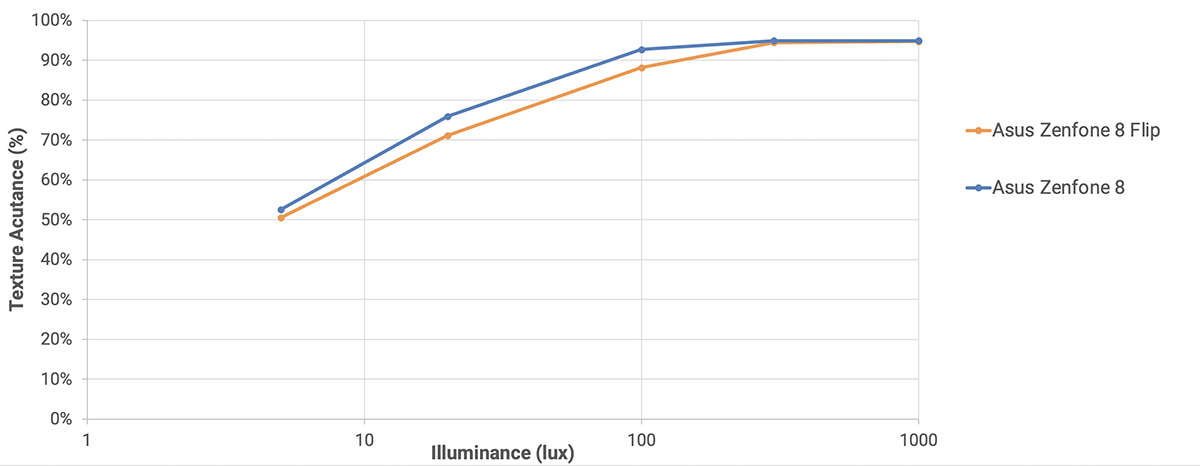
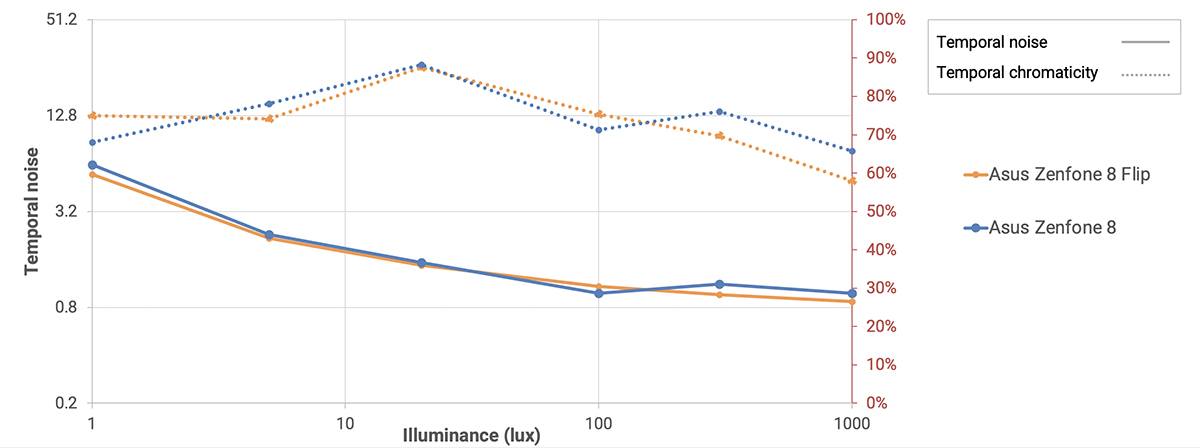
DXOMARK encourages its readers to share comments on the articles. To read or post comments, Disqus cookies are required. Change your Cookies Preferences and read more about our Comment Policy.